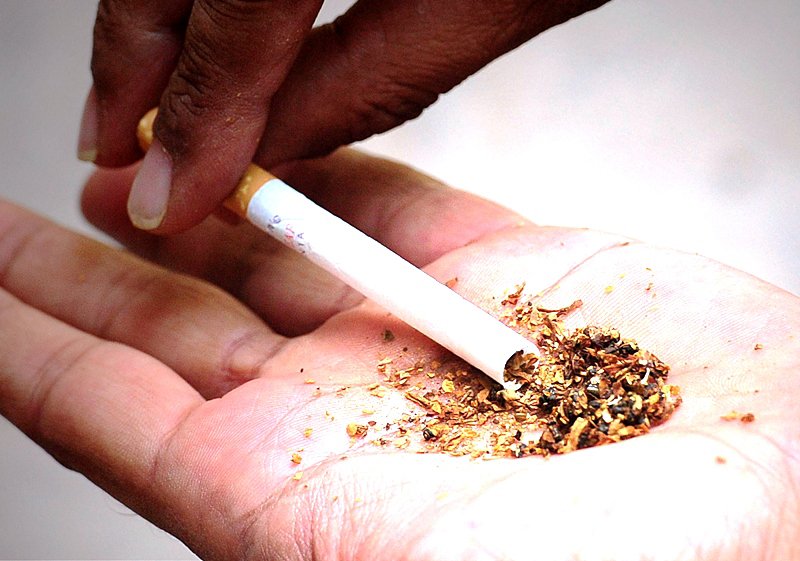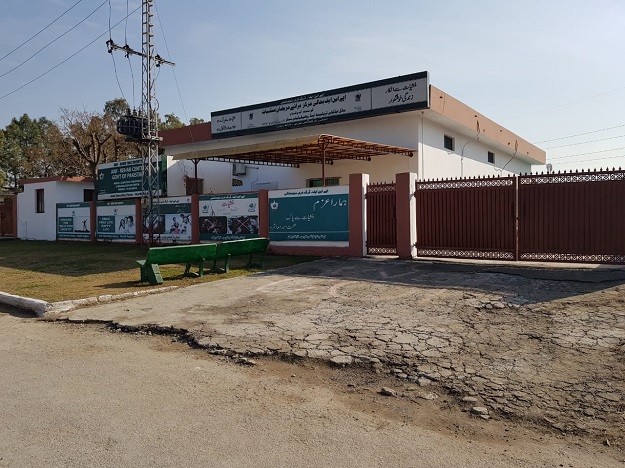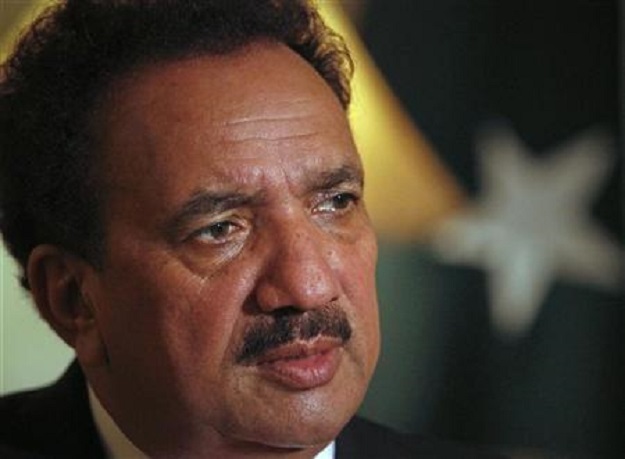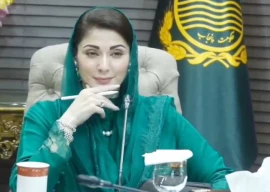
It is his third attempt at sobriety. He began smoking hashish recreationally with a schoolmate when he was in the ninth grade at an elite private school in Islamabad. He recalls gravitating to other drugs, including heroin and ice, the street name for crystal meth.
“I was somewhat okay with my life but the day I began using crystal meth my life took a turn for the worse,” says Hassan. Initially, he says it sharpened his mental capabilities and increased his concentration. But soon enough he began to notice more insidious side effects.
Stay away from drugs: Seminar on ice held in UoP
After matriculation, Hassan stopped studying due to his addiction. “After every recovery, I feel determined to fight against the network of corner hunters, but I relapsed because of a pro-drugs environment,” says Hassan.
Drug trafficking and usage seem to revolve around educational institutions and users under 35 years of age. According to the country's Crime Investigation Agency, an estimated 50 per cent of students from Islamabad’s 113 colleges are drug users.
Anti-Narcotics Force (ANF) and Crime Investigation Agency (CIA) report (Jan-Dec 2018)
[jtrt_tables id="1890349"]
Of a total of 1.673kg ice seized in 2018, anti-narcotics agents say 1.357kg was seized from educational institutions. The Model Addicts Treatment and Rehabilitation Centre in Islamabad extended its treatment age to include the 18-35 year age group when previously it only offered treatment to those about 35 years of age. The ANF has three 32-bed MARTCs located in Islamabad, Karachi and Sukkur.
K-P Police drive against drugs focuses on ice
The centre in Quetta closed down because of unavailability of staff. A 100-bed centre in Peshawar has been under construction since 2016. There are over 1,500 people on the waiting list for the Islamabad MATRC.
Hassan says Sector G-7, G-8, G-12, H-8 and F-9 localities are notorious for drug sales, adding that students of schools, colleges and universities purchase drugs from these areas.
“Crystal is a popular drug among youth in Islamabad,” he added. Hassan says law enforcement agencies are well-informed of the market for illegal drugs in these parts of Islamabad but have never taken the issue seriously.
Fatima Ali, a psychiatrist at a Model Addiction Treatment and Rehabilitation Centre (MATRC) in Islamabad says if around 70 per cent of young men boys use drugs, then about 30 per cent of young women do so as well but treatment is more inaccessible for them.
Saima Bibi* began smoking hashish with friends at the start of her professional career. Soon after, the 26-year-old MBA graduate started using heavier drugs including ice. Her physical and mental health began deteriorating.
Six months ago her colleagues intervened by approaching an NGO which works with female drug users and she is now under rehabilitation. Saima began working to support her parents, said an NGO representative, but lost her job because of drug use. It remains difficult to communicate directly with Saima and female addicts because of the taboo surrounding female drug use.
 ANF Rehab Centre. PHOTO: EXPRESS
ANF Rehab Centre. PHOTO: EXPRESSJibran Yousafzai, a project officer with the ANF, says families of female drug users approach MATRCs in Islamabad but the organisation does not have space or facilities to accommodate women. Staff members assist families with treatment in their homes, he says.
A psychiatrist with PsychAid-Islamabad, Fakhrun Nisa, says a cluster of factors pushes students toward the menace of drugs. Nisa says lower-middle-class students mostly use drugs to rebel against their parents’ strict control and a conservative family environment.
Students from more liberal or elite backgrounds, however, use drugs recreationally or to escape from a sense of purposelessness. Nisa says elite students are more exposed to drugs like ice because they can afford them.
drugs on campuses: SC seeks report in 10 days
Dr Aziz Bhatti, a volunteer at MATRC, has been conducting research on individuals who relapse and blames peer pressure for increased drug use.
Citing his own research, he says out of 18 case studies of addiction, 12 relapsed because of their peers, two out of curiosity and the remaining four relapsed because of issues in their personal lives including an abusive father, sexual abuse, and the death of loved ones.
“Ice has made a drastic surge amongst students,” says Psychaid-Islamabad Managing Director Farman Ali Turi. He says an estimated 80 per cent of drug users also traffic drugs because it has become a profit making business. He holds enforcement agencies’ failure to curb drug trafficking and a dearth of rehabilitation facilities responsible for the current situation in Islamabad.
According to a 2012 survey conducted by the Bureau of Statistics, approximately 6 per cent of the population, around 6.7 million people abused drugs, including prescription medication. 4.2 million people out of these were addicted but the country only had the capacity to accommodate 30,000 addicts.
Former interior minister Rehman Malik says the increase in the supply of drugs at educational institutions is a bitter truth. He says the legislation will be moved in Parliament to bind all public and private institutions to appoint multi-skilled security staff to keep a check on drug-related activities.
 Former Interior Minister Rehman Malik attends an interview with Reuters in Islamabad. PHOTO: REUTERS
Former Interior Minister Rehman Malik attends an interview with Reuters in Islamabad. PHOTO: REUTERSHe said the legislation will include capital punishment for drug dealers and drug tests for admissions. “It’s unfortunate that we don’t have drugs treatment and rehabilitation facilities in our hospitals,” says Malik and adds that teachers in school and universities have also been involved in drug trafficking.
The Federal Minister for Narcotics Sardar Khan Mahar says the government will establish a special task force to break supply networks from educational institutions and the Inspector General of Islamabad (IGP) has been directed to submit police performance report against drugs traffickers after 15-day intervals.
Police performance report against drugs abuse
[jtrt_tables id="1890371"]




1725967717-0/Untitled-design-(3)1725967717-0-165x106.webp)



1730543683-0/Express-Tribune--(3)1730543683-0-270x192.webp)

1730531553-0/Express-Tribune--(1)1730531553-0-270x192.webp)






COMMENTS (1)
Comments are moderated and generally will be posted if they are on-topic and not abusive.
For more information, please see our Comments FAQ